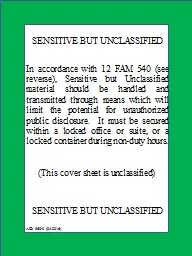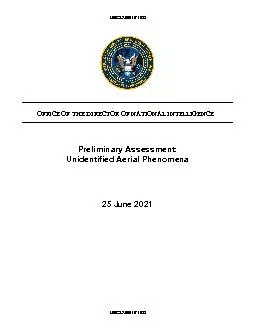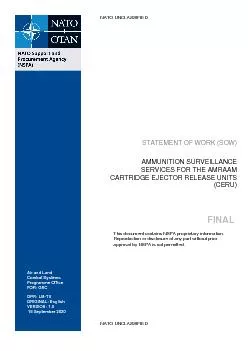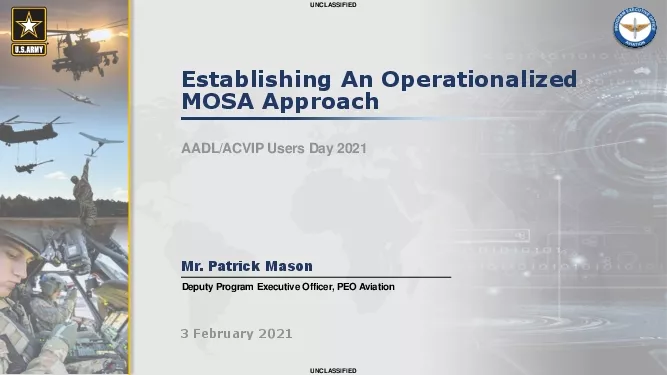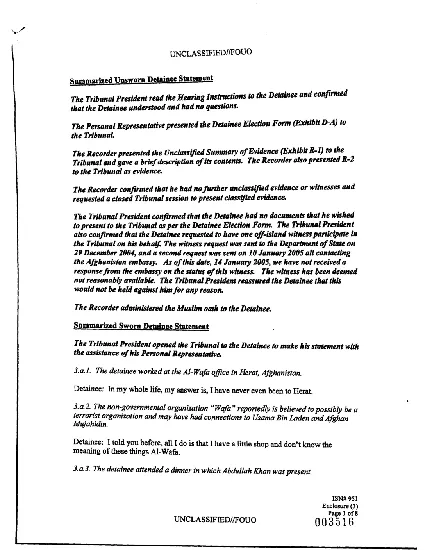PPT-UNCLASSIFIED 1 The British Mission
Author : tatiana-dople | Published Date : 2018-10-29
at Los Alamos UNCLASSIFIED 2 The FrischPeierls Memo Fission is discovered in Germany in 1938 Einstein warns FDR in a letter dated August 2 1939 Germany invades Poland
Presentation Embed Code
Download Presentation
Download Presentation The PPT/PDF document "UNCLASSIFIED 1 The British Mission" is the property of its rightful owner. Permission is granted to download and print the materials on this website for personal, non-commercial use only, and to display it on your personal computer provided you do not modify the materials and that you retain all copyright notices contained in the materials. By downloading content from our website, you accept the terms of this agreement.
UNCLASSIFIED 1 The British Mission: Transcript
Download Rules Of Document
"UNCLASSIFIED 1 The British Mission"The content belongs to its owner. You may download and print it for personal use, without modification, and keep all copyright notices. By downloading, you agree to these terms.
Related Documents







